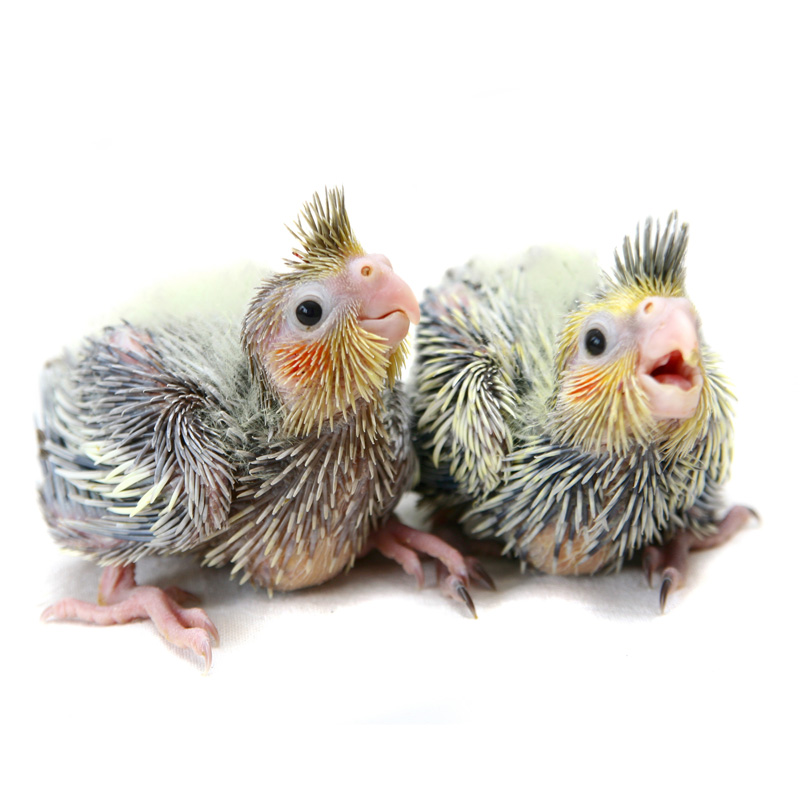Why a special hand rearing scheme for parakeets and parrots?
The greatest satisfaction comes from having parent birds rear their young, just as in nature. Circumstances may however at times compel a bird lover to hand rear the chicks or to tame them through hand rearing. Whatever the reason for hand rearing, it must be done in a natural way with respect for the bird as a seed eater!
Most parrots that are hand reared are seed-eating birds. Their digestive canal is designed to digest seeds and characterised by a bill, crop, glandular stomach, gizzard and intestinal tract – a system that seed-eating birds have been given by nature and that the bird lover must respect.
Schematic overview of the digestive canal of seed-eating birds
|
 |
|
| Overview of the internal organs of a (female) bird. | ||
For this reason, it is not a good idea to continue to provide liquid pulp food until the chicks can ingest food on their own. Once fully grown, such birds often have a less well developed digestive canal, and as a result cannot process the food suitable for them (seeds) as well in the gizzard, with all the disadvantages thereof.
CéDé® has therefore developed a hand rearing scheme specially for that purpose which takes account of the development of the digestive canal of the seed-eating bird.
Hand rearing scheme:
|
Age |
CéDé Handrearing |
CéDé egg food for large parakeets and parrots* |
Peeled sunflower seeds* |
|
Day 1 – 5 |
100 % |
|
|
|
Day 6 – 14 |
75 % |
25 % |
|
|
Week 3 |
60 % |
40 % |
|
|
Week 4 - 5 |
50 % |
50 % |
|
|
Week 6 -8 |
35 % |
35 % |
30 % |
|
Week 9 - 12 |
30 % |
30 % |
40 % |
* CéDé egg food for large parakeets and parrots and the peeled sunflower seeds are first ground finely before being processed into the hand rearing concoction.
- When the chicks hatch, the digestion takes a little time to work properly. The digestive juices with the enzymes dissolved therein do not yet work optimally. The young must in the first days be subjected to a light digestible and liquid hand rearing diet.
- As the body weight of a young bird can after 14 days attain three times its birth weight, a varied protein and sufficient energy substances must be provided.
- Finally, the proper development of the digestion canal of seed-eating birds requires peeled and ground sunflower seeds to be processed in the hand rearing concoction. A more solid pap is thereby obtained which requires a greater effort on the part of the digestive canal and whereby crop, glandular stomach and gizzard can be developed optimally. If these young seed-eating birds are reared in this way, they will learn to ingest seed easier.
